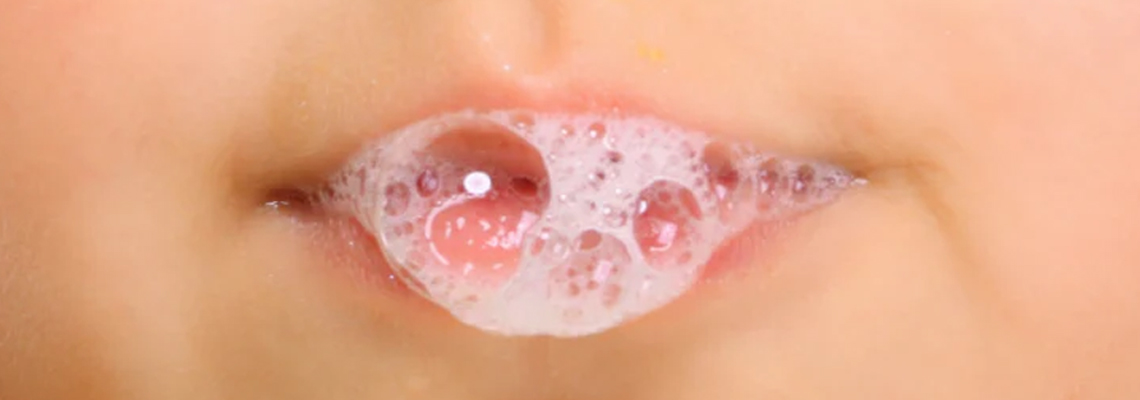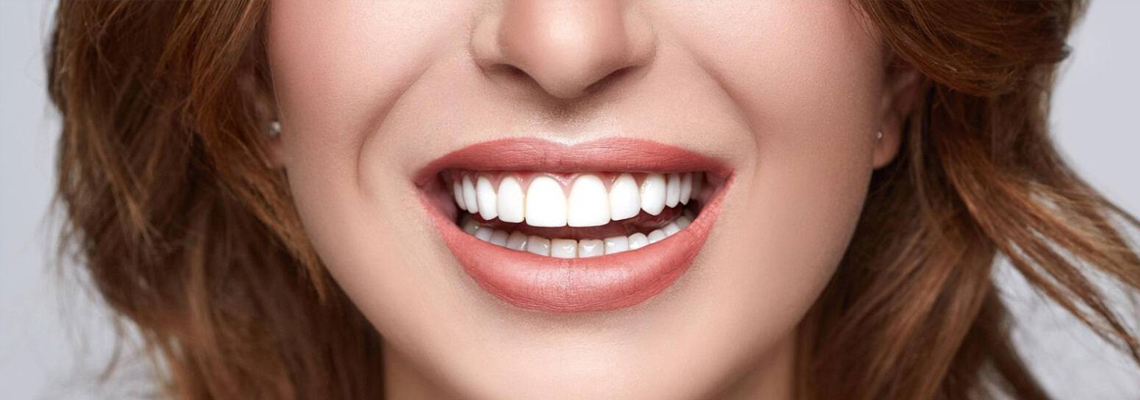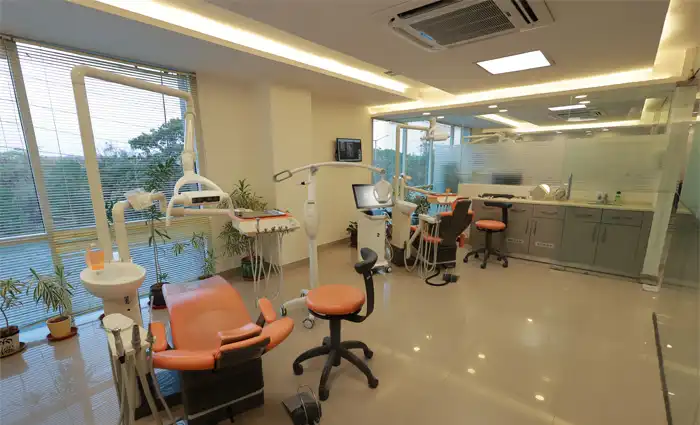One of the most common orthodontic issues is overbites. When the patient is in occlusion, it is a malocclusion in which the upper incisors significantly overlap the lower teeth. This issue has a wide range of potential causes, and as it grows in prevalence, a wide range of treatments are now available to address it. One of them is clear aligners. There are many different ways to deal with this malocclusion, and no one solution is superior. Before making a clinical choice, dentists must carefully weigh the benefits and drawbacks of each option. The method used to treat an overbite should take into account the patient’s needs, the underlying cause of the malocclusion, and the intended course of action.
The extrusion of molars, the flare of front teeth, and intrusion of upper and/or lower incisors are the three main ways for overbite repair (excluding the surgical option). Any of these treatment options would likely have been carried out with fixed orthodontic devices (traditional braces). There is, however, a recent innovation called transparent aligners. Since they were first introduced in 1997, these aligners have revolutionized orthodontic treatment. Clear aligners were initially only recommended for patients with mild-to-moderate crowding, but as this technology was researched and refined, dentists started using this therapy to treat more serious orthodontic disorders.
The transparent aligners’ excellent aesthetics and detachable design are their key advantages. For most patients, especially adults who are unwilling to wear braces, they are a desirable and cozy option. Aligners are discrete, simple to wear and help patients keep their mouths clean. When used to repair complicated malocclusions, this technique does have a clinical drawback due to the lack of predictability and efficiency in some tooth motions. These movements, which are essential in many orthodontic procedures, include rotations of the canines, specific intrusions, and molar motions.
So how may transparent aligners be used to treat an overbite? Studies reveal that when this treatment is used alone, it has no impact on the vertical position of the molars. But it can alter the location of the incisors. Cephalometric measurements of these patients before and after the aligner therapy were evaluated in research that comprised 60 adult patients with overbites and 48 with deep bites. According to the findings, patients with deep bites had a median opening of 1.3 mm, whereas those with typical overbites had a median opening of 0.3 mm. All the improvements were as anticipated due to alterations in incisor position, while patients’ molar and mandibular plane adjustments were rather minor.
Patients love clear aligners, therefore before dispensing with the treatment, orthodontists and dentists should at least take into account that it has been continuously researched and refined to treat more challenging situations. Clear aligners make it simple to correct an incisor vertical overlap that is mild to moderate. It is true that more complicated situations may still need permanent appliances, or at the very least a mix of transparent aligners and other advanced orthodontic mechanics to speed up the process.
If You Are Looking For Dental Implants
Learn more about the nearly $50,000 savings option for Dr. Motiwala’s packages by clicking on the links below.
- Full mouth dental implants & Cost of Treatment
- Smile Makeover & Cost of Treatment
- Watch 100’s of Testimonials from our International Patients
Make An Appointment!
Get in touch with us right away if you’re interested in learning more about dental implants and how they could improve the quality, longevity, and look of your smile. Call +91 99596 14584 to schedule a consultation with the Dr. Motiwala Dental Clinic & Implant Center team and learn more about the treatment. By clicking the banner below and completing the contact form on our website’s Contact Us page, you may get in touch with one of our professionals.






















